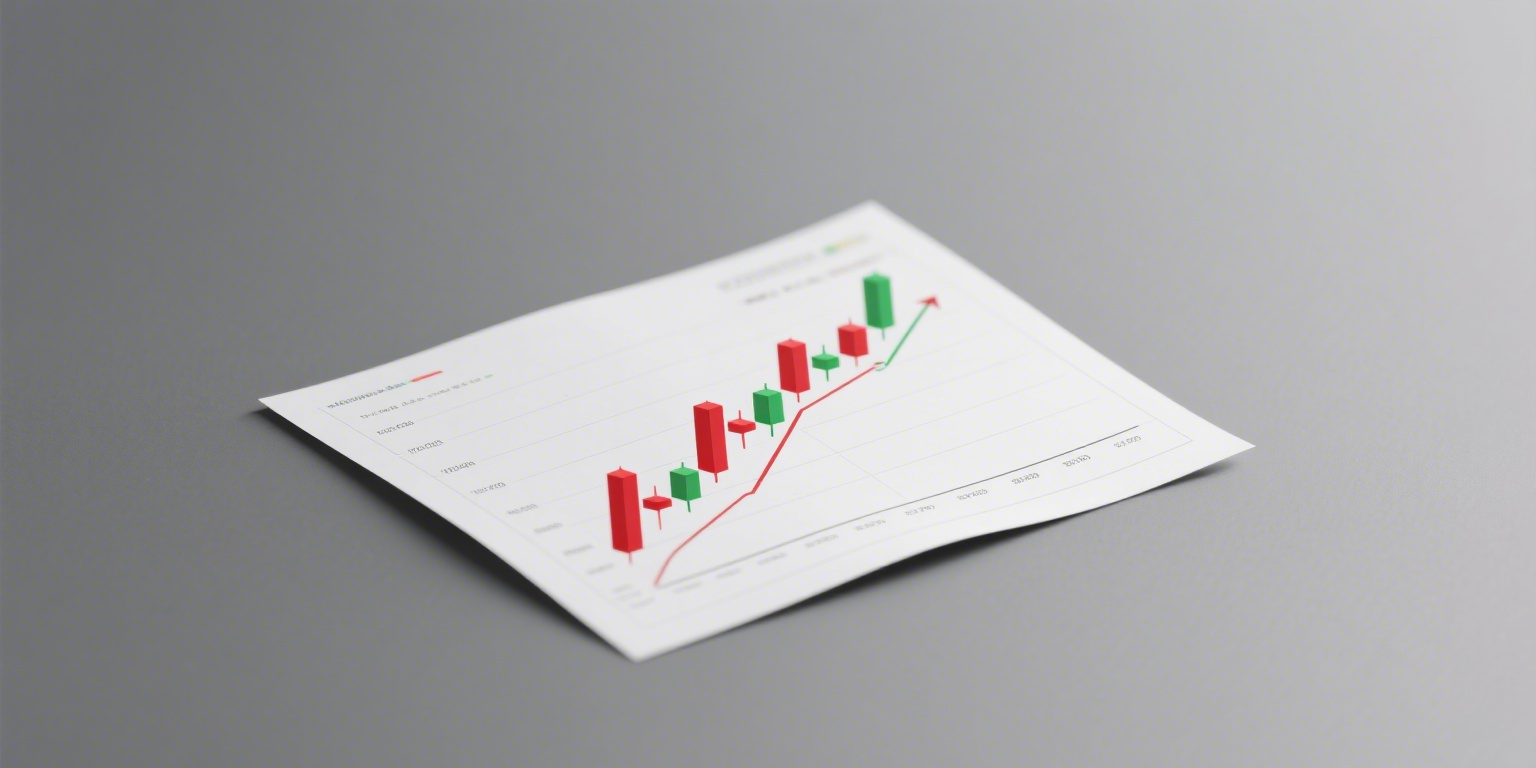
What Are the 3 Key Rules and Guidelines for Applying Elliott Wave Theory in Forex Trading?
The core of applying Elliott Wave Theory in forex trading lies in correctly identifying wave patterns. As traders improve their ability to recognize wave structures, they can independently analyze whether to go long or short. In practical trading, three critical rules must be followed when identifying waves:
Rule 1: Wave 3 is never the shortest wave.
Rule 2: Wave 2 never retraces beyond the starting point of Wave 1.
Rule 3: Wave 4 never enters the price territory of Wave 1.
Beyond these three essential rules, several guidelines can help traders accurately identify waves. Unlike the rules, these guidelines are not absolute:
-
Wave 1 can be a leading diagonal (wedge), but this is rare.
-
Wave 2 is usually a zigzag structure.
-
Wave 2 typically takes less time than Wave 1 but is rarely shorter than 10% of Wave 1’s duration.
-
Wave 2 usually retraces more than 30% of Wave 1 (including all internal swings).
-
Wave 2 generally retraces less than 80% of Wave 1.
-
The most likely retracement levels for Wave 2 are 50% or 61.8% of Wave 1.
-
Wave 2’s total movement is usually larger than the combined sub-waves 2 and 4 of Wave 1 and sub-waves 2 and 4 of Wave 3.
-
If Wave 2 retraces 33%-40.3% of Wave 1, it is likely complete.
-
In price terms, Wave 3 is rarely shorter than Wave 1.
-
Wave 3’s price range is usually 1.5 to 3.5 times that of Wave 1.
-
Wave 3’s duration is typically 1 to 4 times that of Wave 1.
-
Wave 4 can be a zigzag, but this is uncommon.
-
Wave 4’s duration is usually between 100%-270% of Wave 2’s duration.
-
Wave 5 usually exceeds the end of Wave 3.
-
If Wave 5 is extended (i.e., longer than 161.8% of Waves 1 and 3), a point within Wave 4 often divides the entire impulse wave into a 1.618 ratio.
-
If Wave 5 is extended, its price length is typically 161.8% of the distance from Wave 1’s start to Wave 3’s end.
-
In price or time, Wave 5 is usually not longer than the entirety of Wave 3. Common price targets for Wave 5 include 61.8%, 100%, or 161.8% of Wave 1, or 161.8% of the distance from Wave 1’s start to Wave 3’s end.
-
If Wave 3 equals 161.8% of Wave 1 in price, Wave 5’s duration often matches Wave 1’s.
-
Typically, one impulse wave (Wave 1, 3, or 5) extends (at least 161.8% longer than the others), most commonly Wave 3. However, in leveraged markets with an upward trend, Wave 5 is more likely to extend.
-
Non-extended Wave 5 usually has lower volume than Wave 3, but extended Wave 5 often has higher volume.
-
At its end, Wave 5’s slope is usually less steep than Wave 3’s, except in leveraged bullish markets.
















